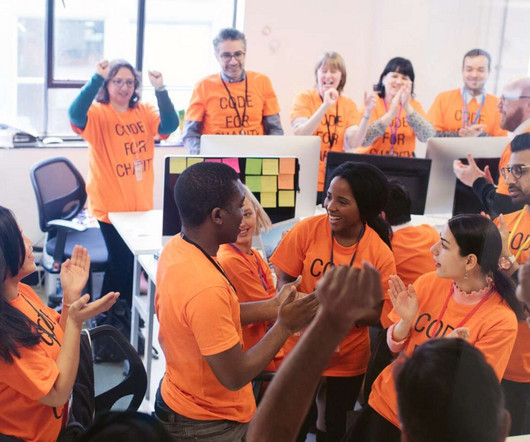7 Totally Surprising Brain Tricks to Sell Your Cause
NTEN
JANUARY 5, 2012
Appeal to the massive subconscious mind to help sell your cause. Yet we spend a lot of time trying to persuade people by focusing on the 5% rational brain with statistics, rational arguments and feature lists. Here are seven of the most surprising ways to sell your cause. Does your cause involve babies in any way?


















Let's personalize your content